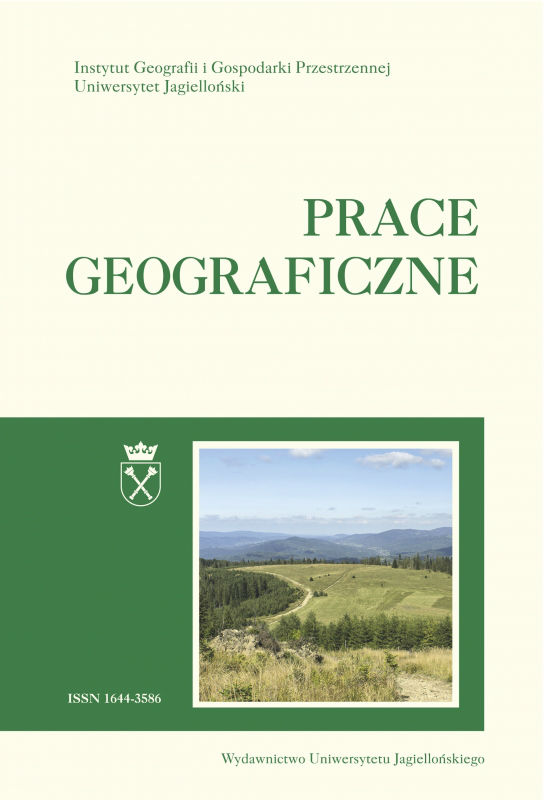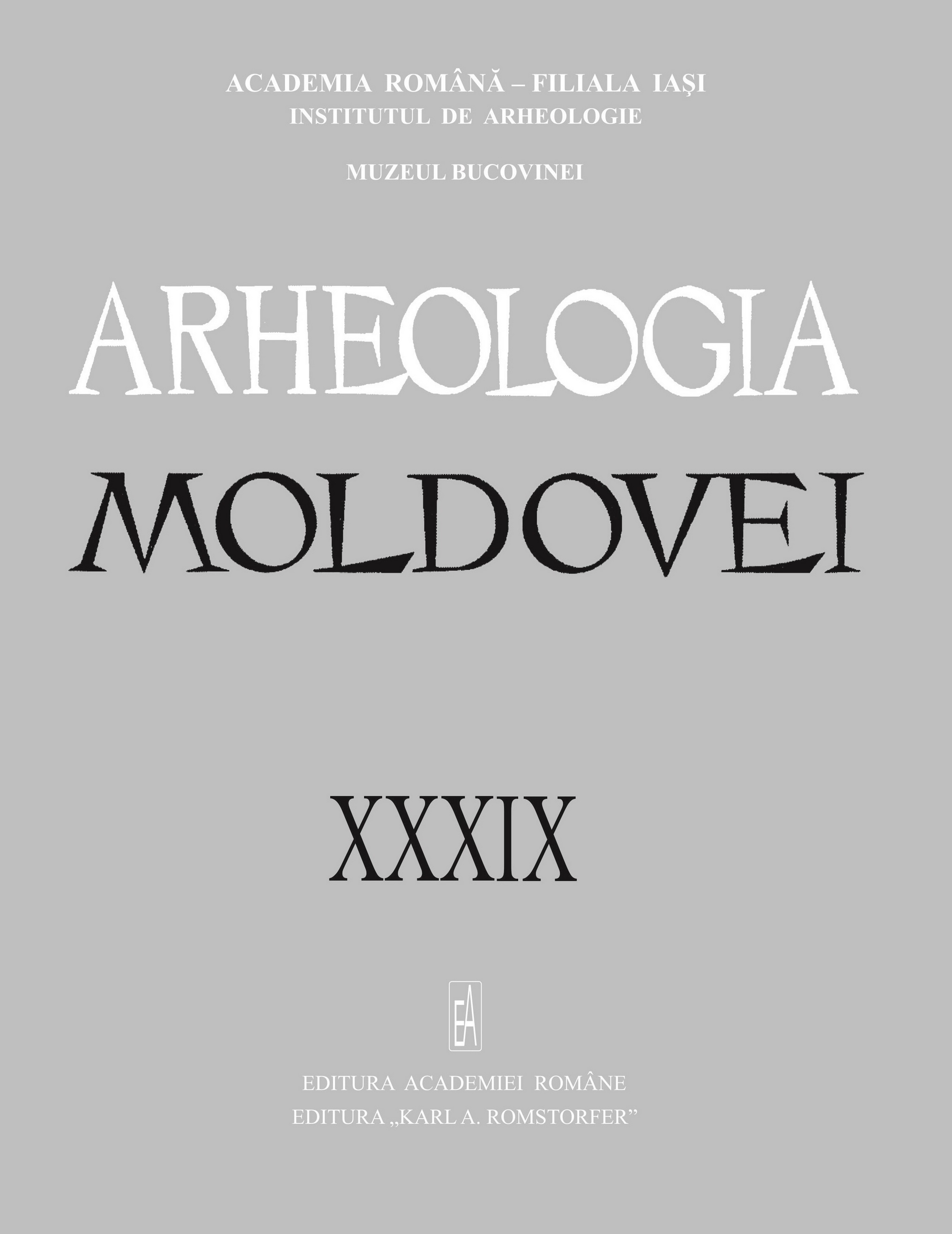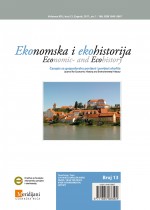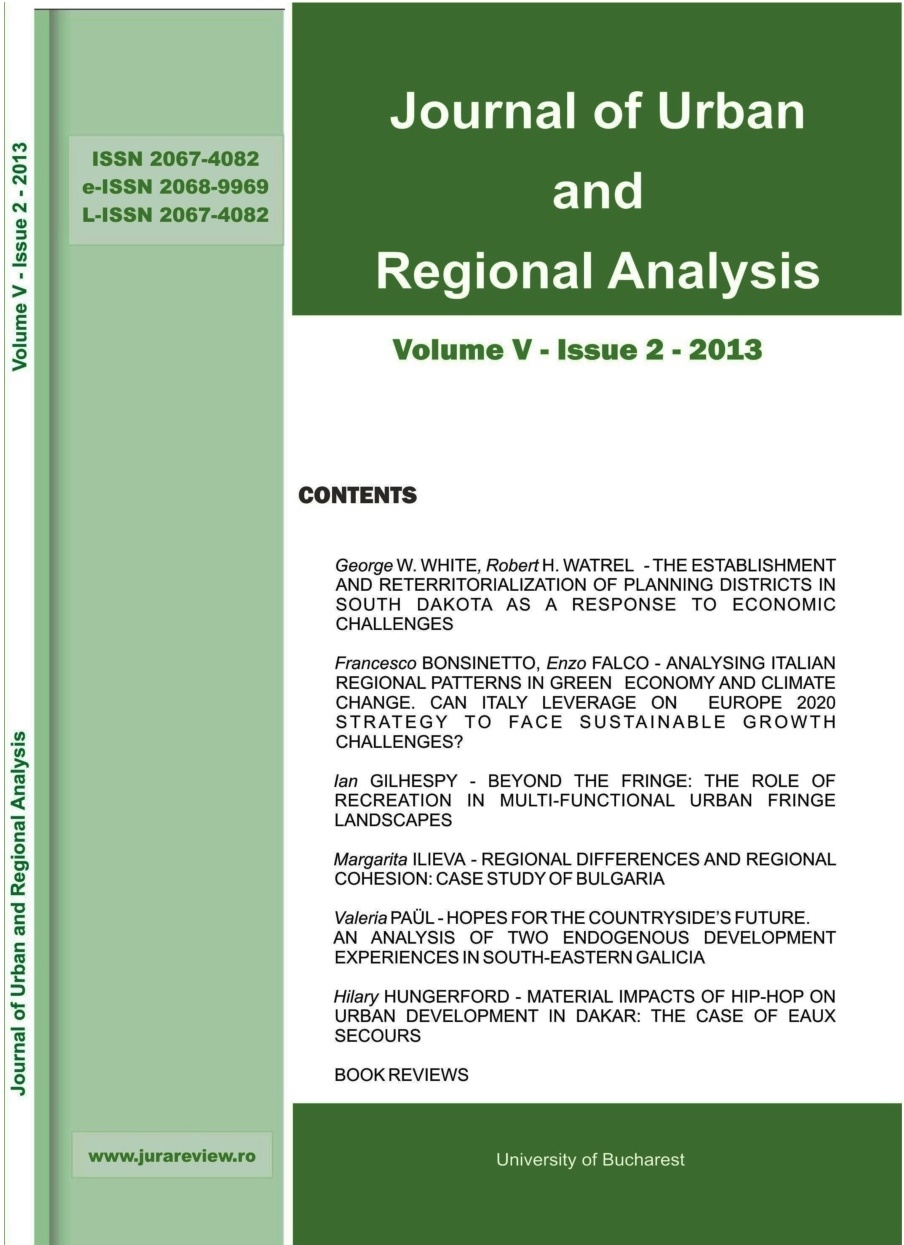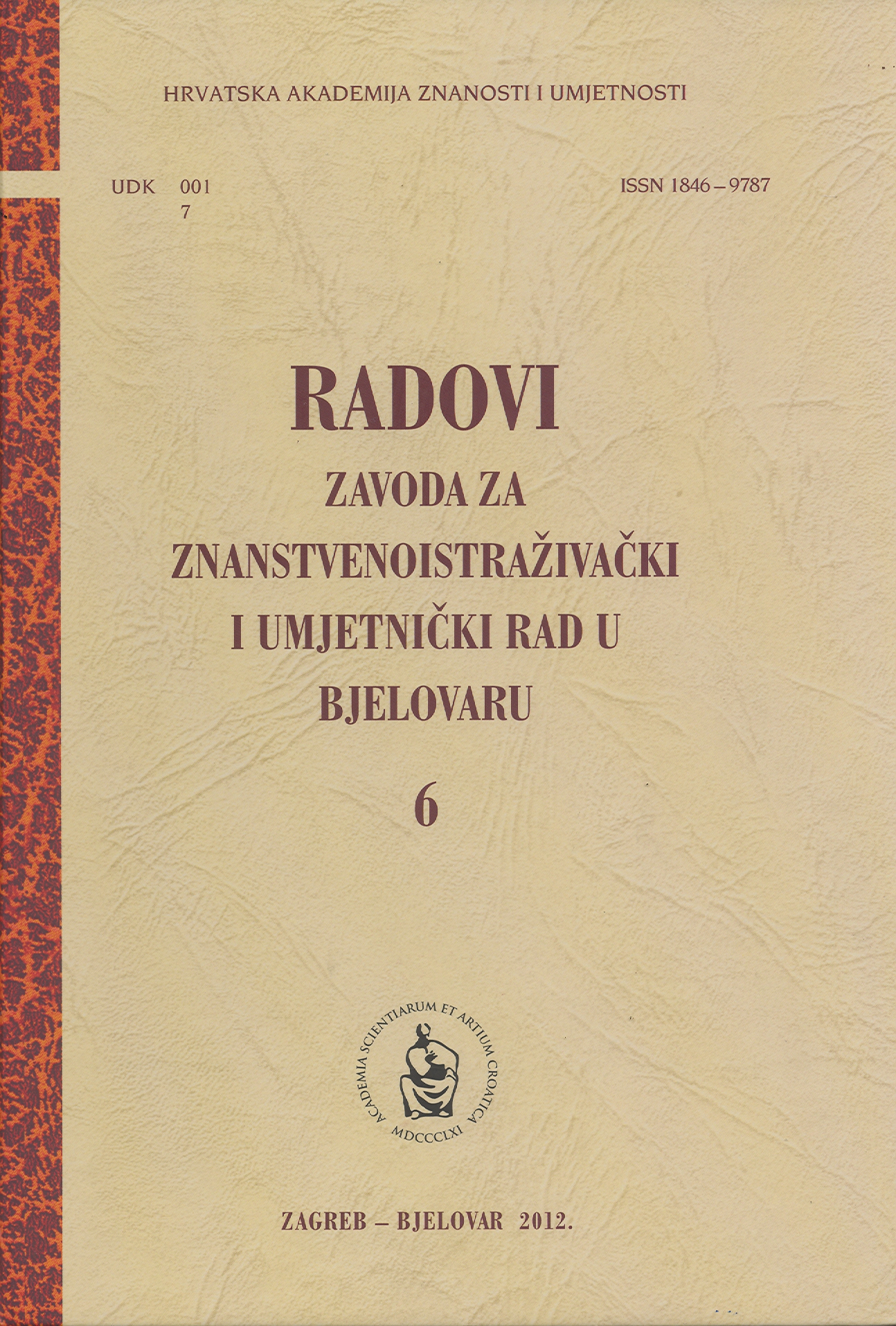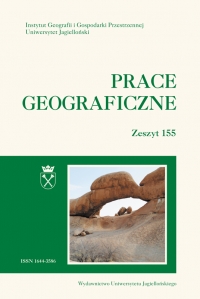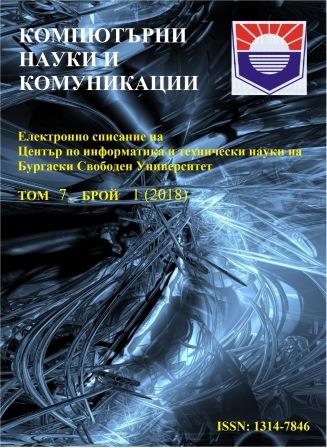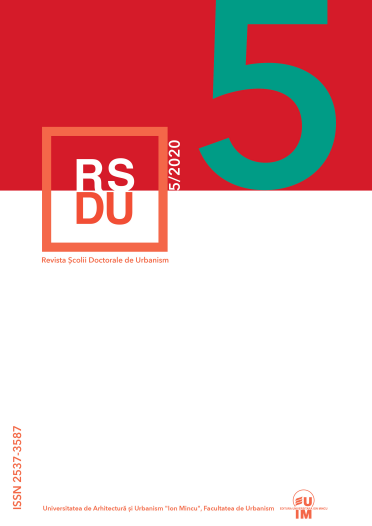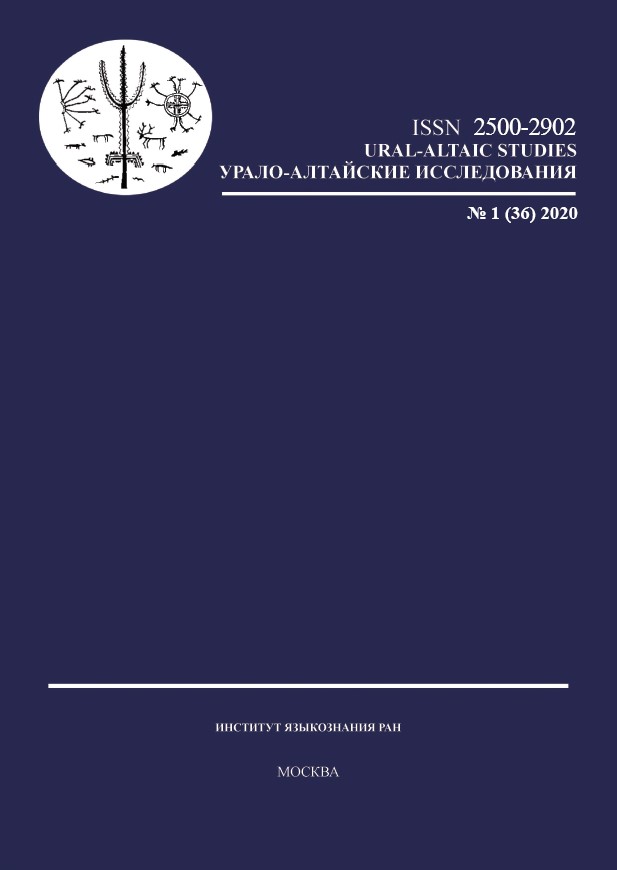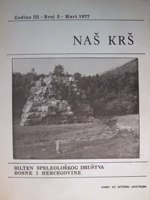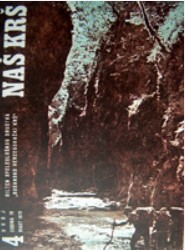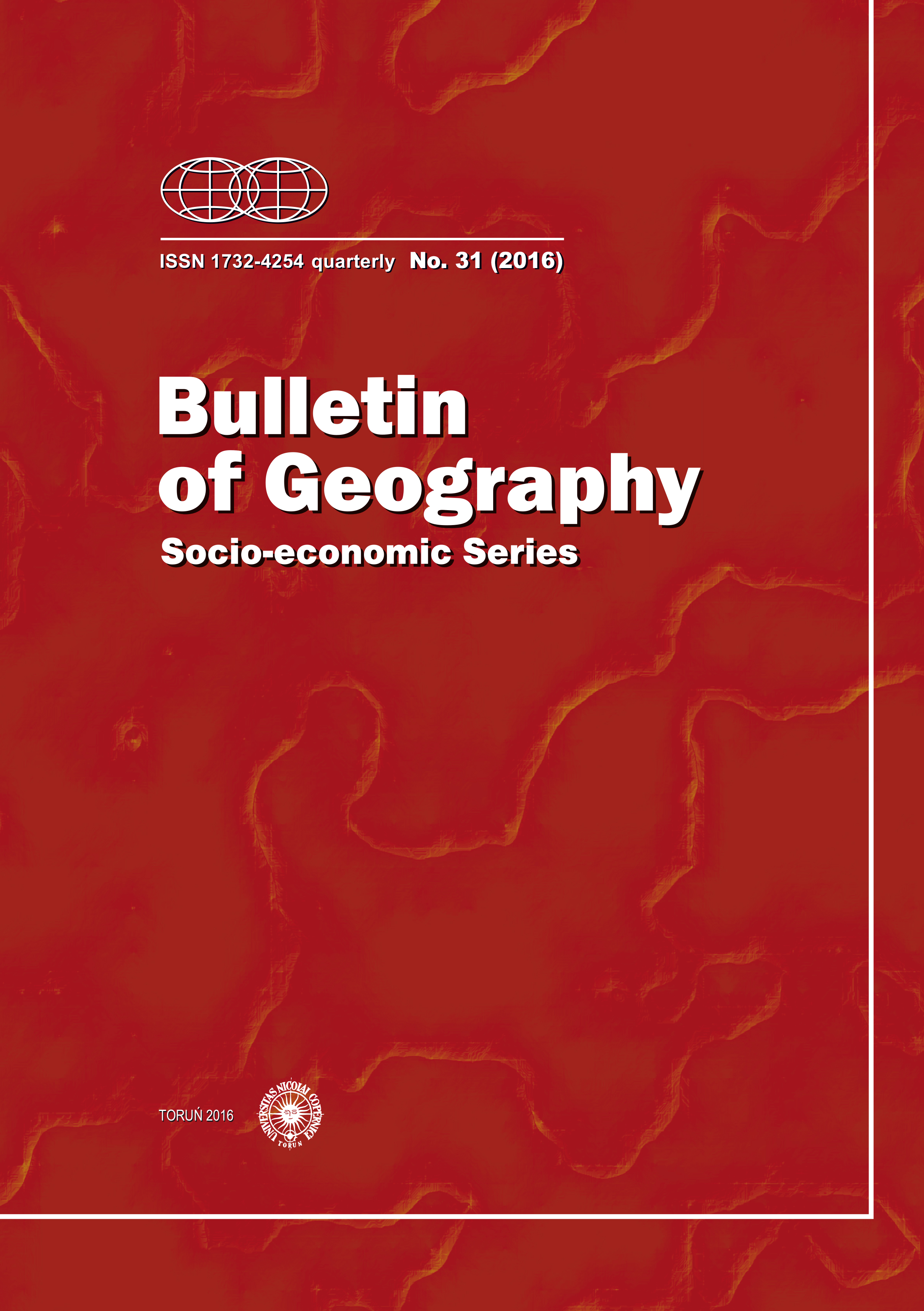
From village to city through maps: historical cartographic materials as an information source on 20th century environmental changes due to urbanisation in Poland
The article presents the use of historical Polish post-war topographic maps and their usefulness in the detection and assessment of environmental changes caused by 20th century urbanisation. The case study area is the Polish city of Lublin. Two main research questions are defined and answered. The first is what kinds of maps can be used to trace environmental changes as well as to find the present-day remains of past environments and what is the reliability of these maps? Several series of topographic maps are used here together with aerial photography. The second research question is what changes can be found by comparing spatial sources and what features can be found today with the help of early maps. The main features investigated in this section are linear (road networks) and areal (orchards) supplemented with point features of various kinds (trees, wells, shrines). The quality of cartographic information is assessed and remnants of the past environment are discovered.
More...
